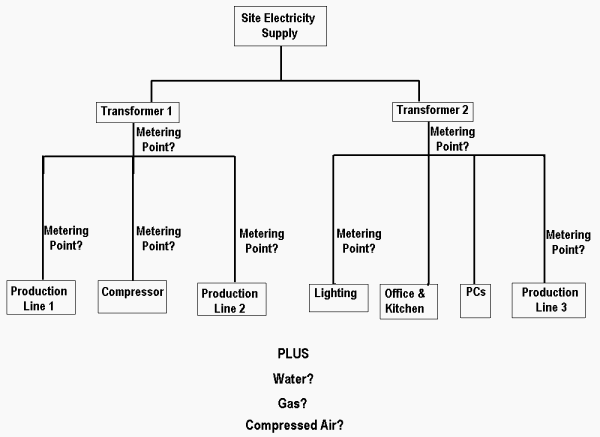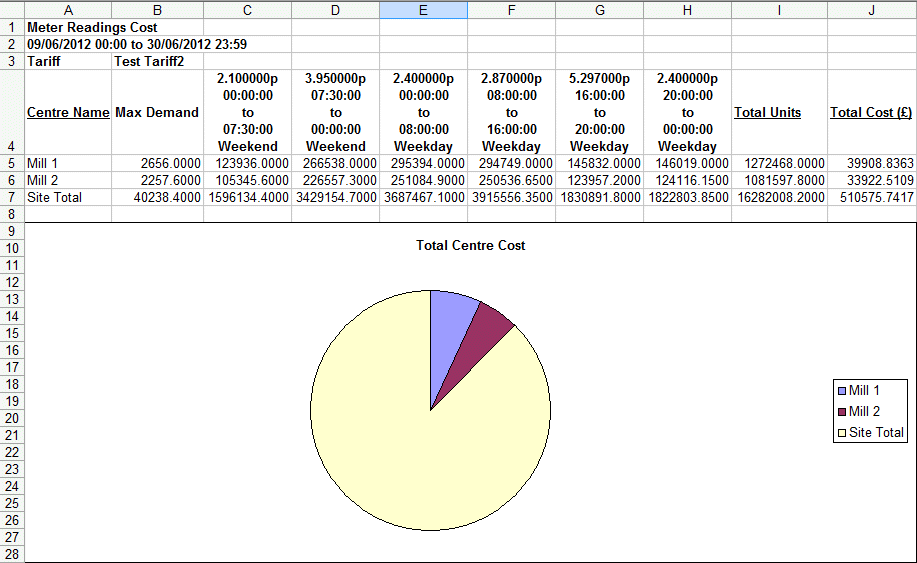With the advent of ESOS, monitoring the energy used by your company is no longer just a good idea, it is required by legislation. Implementing this requirement can be a daunting task with a multitude of questions to be answered from the start.
These questions may be split into three very simple groups;
Why?
Where?
How?
Why Monitor your energy use?
The benefits of implementing an energy management scheme are covered in a previous blog entry (Why Should I Monitor My Site’s Energy Use?) but put simply the reasons to do so are to;
- gain knowledge of when & where energy is being used
- determine possible misuse
- identify potential savings (kWh/litres etc & £)
- confirm benefits achieved by installation of new, more efficient equipment
- comply with ESOS & ISO50001 requirements
But mainly
- improve profitability by making informed changes to production practices, i.e. increase profits by lowering costs!
Once an energy monitoring system is in place, questions can be asked & answered about a site’s energy use;
What is the base load? What can be done to reduce this? Would it be cost effective to do so?
Are the bills we are receiving correct?
Is equipment using energy when not in use (compressors running overnight or weekends when production has stopped for example)?
Can production practices be adjusted to reduce energy costs? Can work be moved to take advantage of lower cost per kWh periods?
What energy costs do we incur per tonne/unit/volume of product?
Are our products priced appropriately?
Depending on physical location & number, main operational areas are also good starting points. Metering the usage of individual departments, production lines, circuits (lighting for example) or known heavy energy users (compressors/ovens for example) can yield immediate benefits.
Once areas of particular interest have been established and heavier energy users are being monitored, drilling further down into the circuits can begin, monitoring down to individual machine or circuit level if necessary & budgets allow.
In many cases monitoring gas, water and other resource use should also be considered where appropriate although the installation of electricity meters is often more straight forward and lower cost than the more invasive water & gas meters.





